
Something remarkable is happening in the world of marketing right now. Gen Z – those born between 1997 and 2012, are not just changing how brands connect with their audience; they are completely flipping the script on what marketing even means. This generation sees the world of brand engagement very differently. Imagine growing up in […]
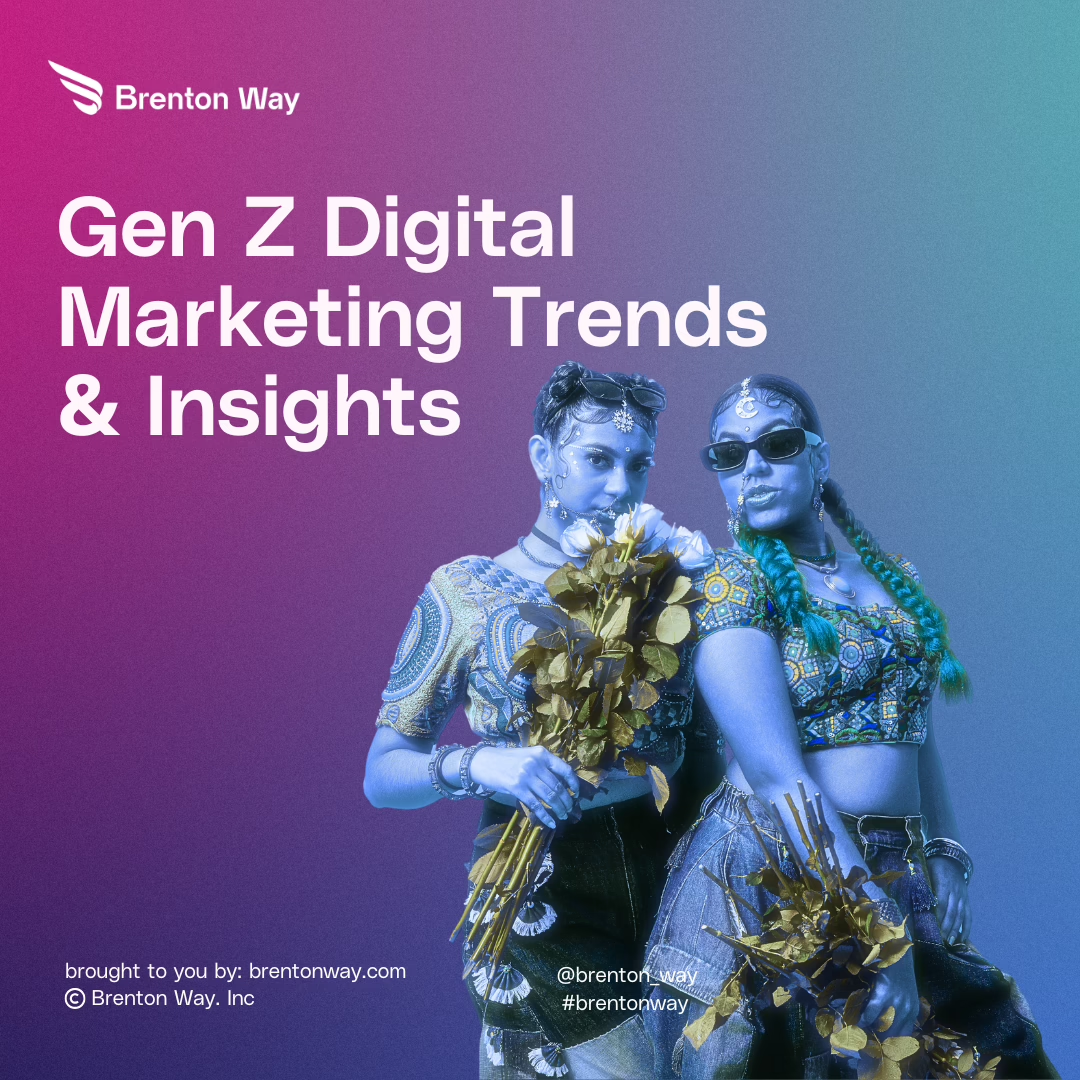
Something remarkable is happening in the world of marketing right now. Gen Z – those born between 1997 and 2012, are not just changing how brands connect with their audience; they are completely flipping the script on what marketing even means.
This generation sees the world of brand engagement very differently. Imagine growing up in a world where social media is not something new and exciting. For Gen Z, it is not about being “tech-savvy”, technology is simply the water they swim in.
Gen Z also has a BS indicator for authenticity. These digital natives have grown up bombarded by marketing messages, which has given them this incredible ability to spot the difference between genuine connection and manufactured engagement.
This is having a huge effect on the way that brands need to communicate. As businesses realize that the flawless, polished language that succeeded for earlier generations frequently fails to connect with Gen Z, they are now unlearning decades of traditional marketing knowledge.
They are instead discovering (sometimes the hard way) that real human connection and unadulterated authenticity are more important than any well-planned marketing.
Let’s go through some Gen Z marketing trends and how brands engage with these Gen Z consumers:
The way Gen Z is interacting with social media has completely transformed how brands need to think about reaching young consumers.
When you consider that half of Gen Z users spend almost a quarter of their waking hours – 4 hours daily – scrolling through social media platforms, it is clear this is not just a social media trend for Gen Z, it is a fundamental shift in how people discover and connect with brands.
TikTok and Instagram Reels have completely taken over, and YouTube Shorts are also gaining traction. For many Gen Z engaging social media means short, engaging video content. It makes these short videos essential for businesses to create high-quality videos that capture attention quickly and are Gen Z’s favorite.
TikTok has over 1 billion monthly active users, with a significant portion being Gen Z and Millennials. Videos under 60 seconds have the highest engagement rates.
That is why smart companies are getting creative. They are launching Instagram challenges that actually tap into what people are already doing on the platform like those viral dance challenges or transformation videos.
On Instagram, they are creating Reels that feel native to the platform, often using trending sounds and formats that users already love.
Gymshark posts gym routines, product demos, and motivational content. Their short, visually appealing videos with multiple influencers match Gen Z’s values and have helped them build a strong community and drive sales.
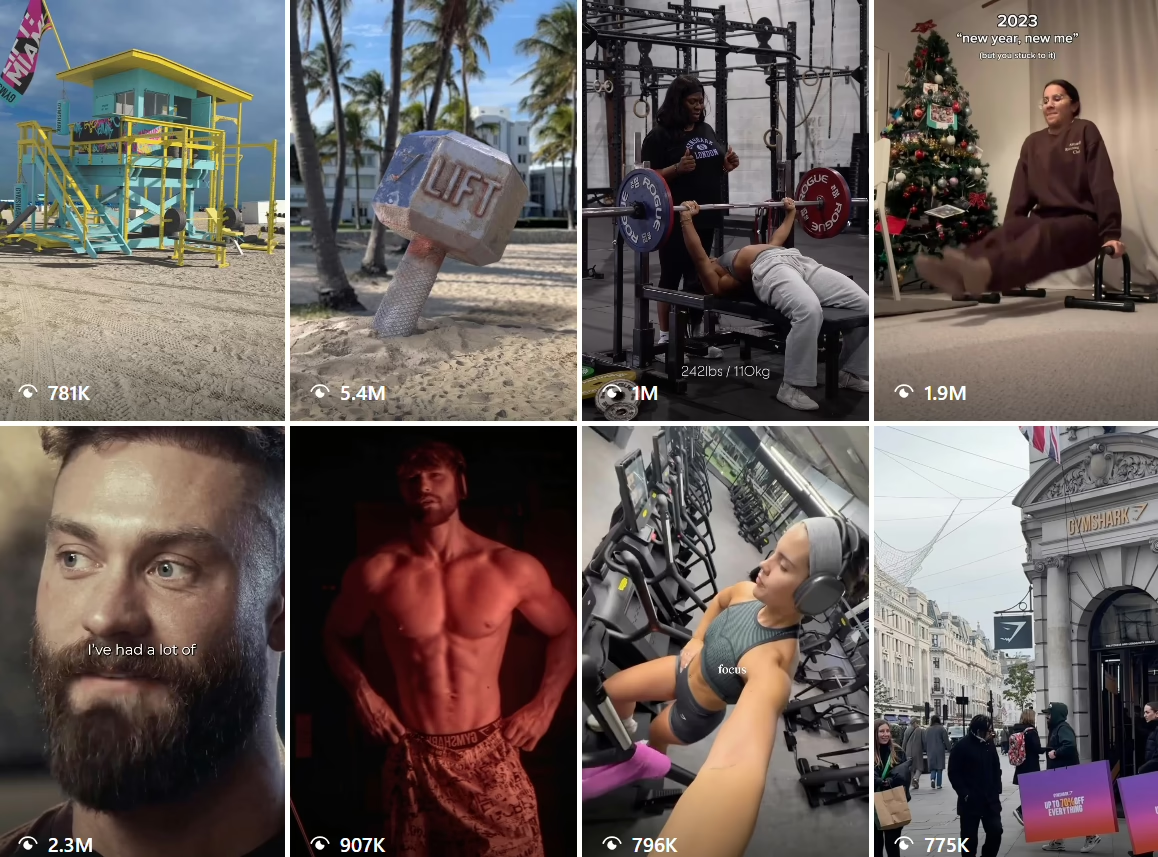
Their reels are the perfect example of how to reach Gen Z on Instagram. Most of their reels reach a million views which wouldn’t be possible with traditional advertising.
The key insight here is that Generation Z has grown up in a world of constant content. They have developed an incredibly sophisticated filter for what is authentic and what’s just trying to sell them something. They can spot a manufactured campaign from a mile away.
This is why the most successful brands are the ones that create content that could stand on its own as entertainment, content that users might share with friends not because it is an ad, but because it is genuinely interesting or funny.
Take something like Duolingo’s TikTok presence – their giant owl mascot doing trending dances and getting into mock drama with other brands. It’s completely unhinged, and that is exactly why it works. It shows how far we have come from the polished, corporate social media posts of five years ago.


While TikTok and Instagram often steal the spotlight, Gen Z is experimenting with different settings for different purposes. Gen Z spends hours interacting with content creators and one another on social platforms like Twitch and Discord, which have developed far beyond what originally started as gaming communities.
What makes Twitch particularly fascinating is how it has redefined live engagement. Unlike the polished, pre-recorded content on other platforms, Twitch creates these raw, unscripted moments where brands can interact with their audience in real time. This kind of immediate, two-way conversation builds the kind of authenticity Gen Zers crave.
Doritos collaborated with around 2500 Twitch influencers for its Twitch marketing campaign in order to market to Gen Z. That successful campaign stream received more than 35 million views.
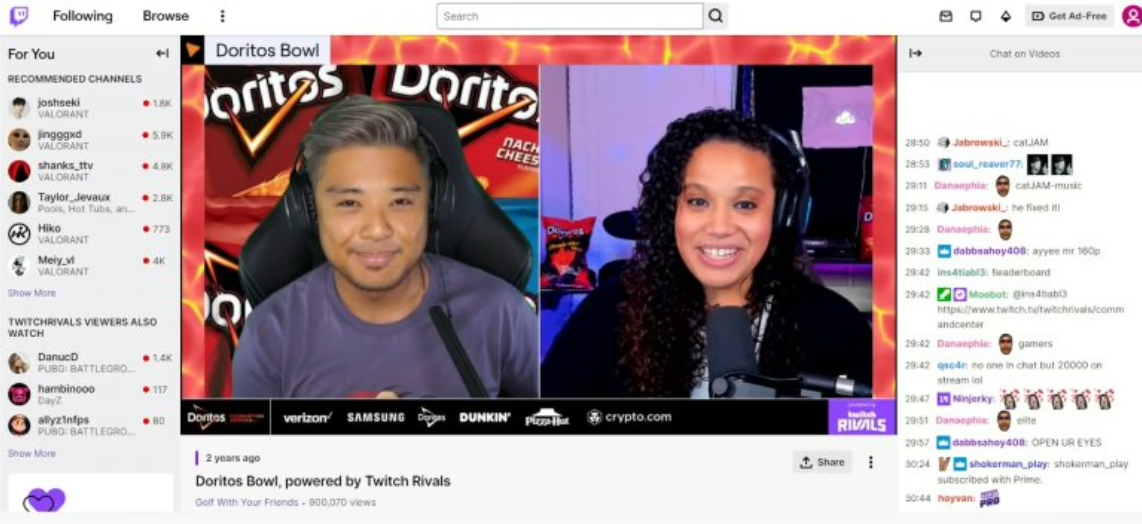
Discord takes this community building to another level entirely. Some brands are using Discord servers not just as another marketing channel, but as vibrant community spaces for Gen Z customers. They are hosting AMAs with product developers, creating channels for user tips and tricks, and letting their community take the lead in discussions to catch Gen Z’s attention. Discord feels more like joining a club than following a brand, it’s intimate, it’s immediate, and it feels genuinely exclusive.
This is where digital marketing agencies have become crucial partners. You need people who live and breathe these platforms, and who understand the unwritten rules and culture of Gen Z social media marketing. A digital marketing agency is not just posting content; they are studying engagement patterns, analyzing which sounds are trending, and figuring out the best times to post based on complex algorithm patterns.
Also See: Lifecycle Marketing: 2024 Comprehensive Guide To Reach Buyers Effectively
In the early days of influencer marketing, there would be perfectly posed Instagram photos with obvious product placement and #ad hastily thrown in. That era is basically dead.
70% of Gen Z trust influencers more than traditional celebrities. This means that the majority of Gen Z trust social media influencers. These influencers are highly persuasive when it comes to the purchasing decisions of Gen Z.
The tide has turned towards what many would consider “smaller” influencers. Nonetheless, there is nothing small about their impact as well as their social media presence.
These micro- and nano-influencers might have anywhere from a few thousand to maybe 50,000 followers, but their followers actually care what they think. For example; if your friend recommends a product, you are much more likely to trust that recommendation than if a celebrity does, right? These influencers have essentially become digital friends to their followers.
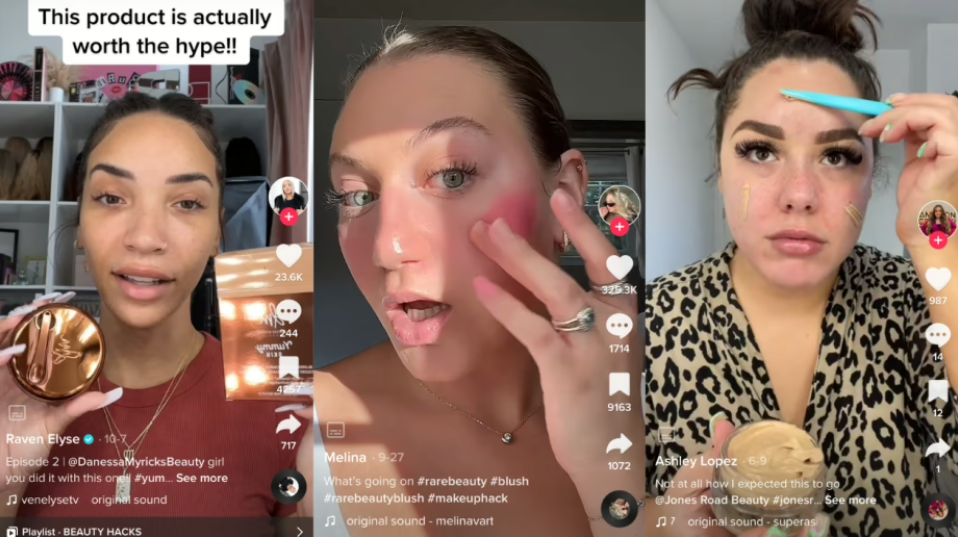
Take someone like a local fashion blogger with 10,000 followers who regularly responds to DMs, has good knowledge of what Gen Zers think like fashion trends, Gen Z technology and media preferences, and also knows their followers by name. When they talk about finding the perfect everyday backpack or their favorite sustainable skincare brand, their recommendations carry real weight. Z shoppers are more likely to trust them. They are not just pushing products among Gen Z; they are sharing their genuine experiences with their community.
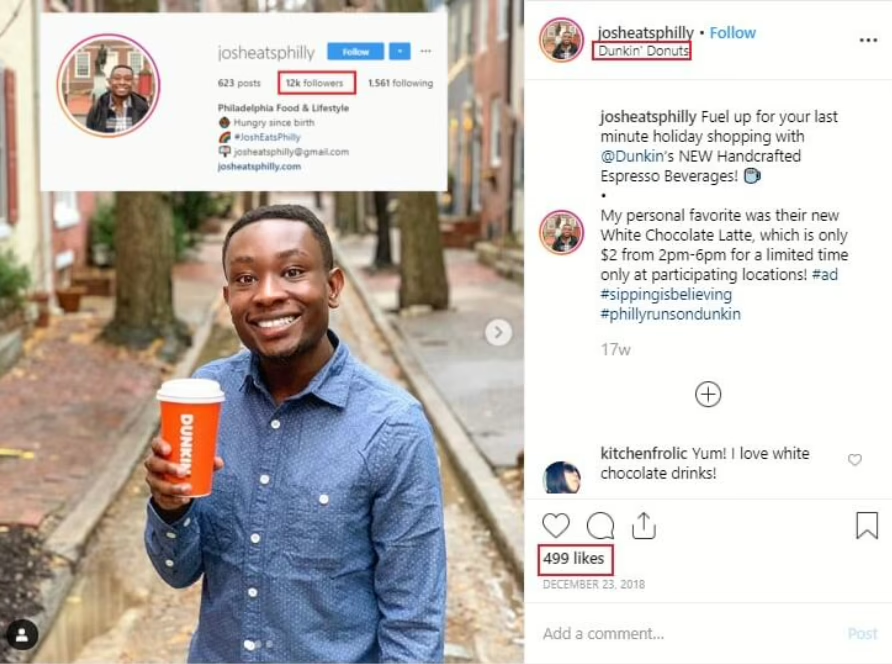
But you can’t just throw money at influencers anymore and expect results. You have to take the time to find influencer marketing trends for Gen Z and influencers who genuinely align with their values. If you are a vegan skincare brand, you want to partner with content creators who have been talking about social responsibility, clean beauty, and animal rights long before your partnership. Their followers will know if it is not authentic.
To appeal to Gen Z shoppers, the most successful brands have learned to let go of control a bit. Instead of sending strict guidelines and scripted captions, they are trusting influencers to speak about their products and post content on social media in their own voice.
Sometimes that means the message is not as polished as traditional marketing, but that’s exactly why it works. Marketers need to know that Gen Z in 2025 would rather see a slightly wobbly, genuine review shot on a phone than a perfectly lit studio production any day.
Also See: Best Beauty Influencer Marketing Agencies For 2024
We are watching a generation that doesn’t just prefer video – they practically think in video. The text feels static to them, photos feel limited, but the video? That is what they prefer.
When around 60% of Gen Z turns to YouTube for product discovery, that is not just one of Gen Z stats, it is a complete reshaping of how people make buying decisions.
Social media posts that feature videos receive 1200% more shares compared to those that are text-based or image-based.
This has forced brands to completely rethink their content strategy. We are seeing brands embrace a much more raw and authentic approach to video. They are taking us behind the scenes at their warehouses, showing us how products are made, letting us meet the actual people behind the brand; all those things that used to be kept hidden.
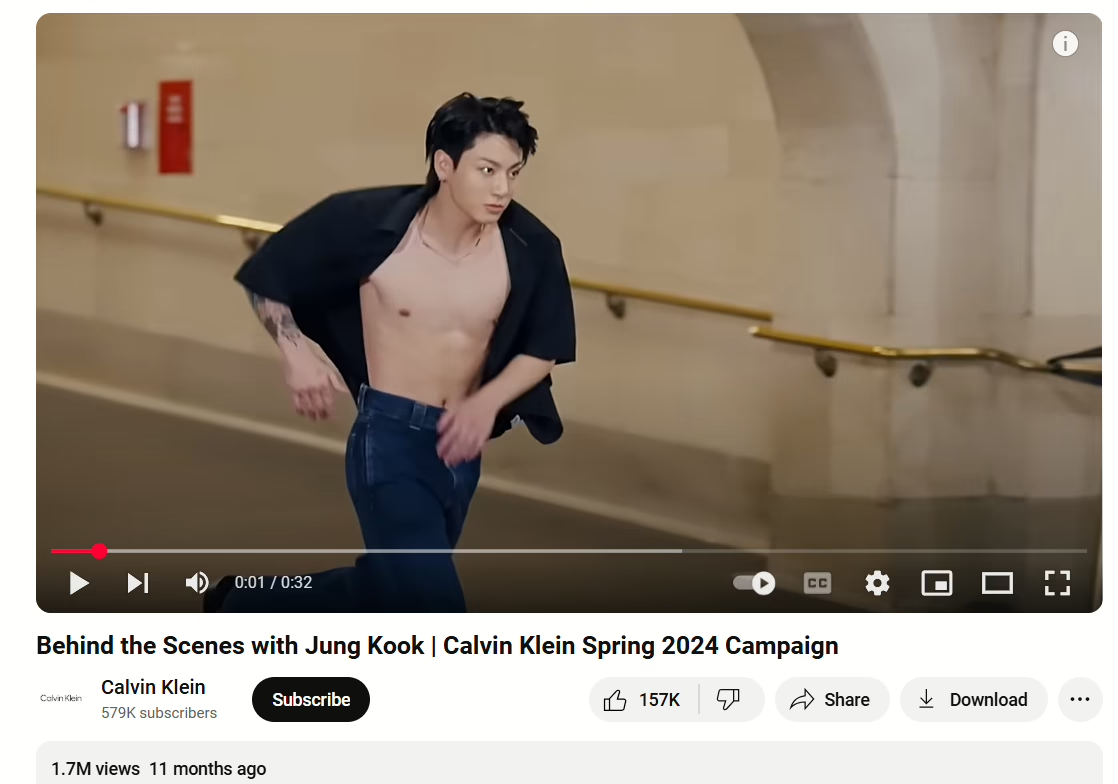
Starbucks posts videos that show their customization options for drinks, how their drinks are made, and new launches. These videos are informative and help them engage their customers. These Starbucks’ videos show us how to reach Gen Z consumers.
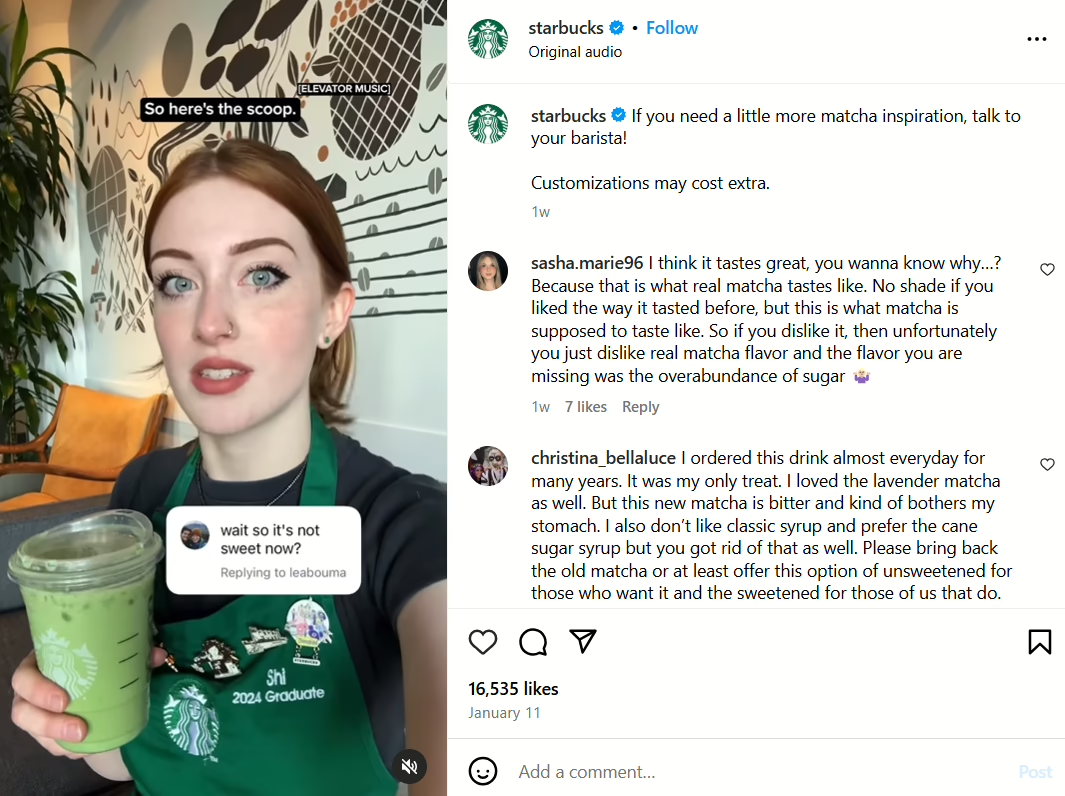

Take unboxing videos, for example. On paper, watching someone open a package is something deeply satisfying about experiencing that moment of discovery alongside someone else. It captures that same excitement we feel when opening something new ourselves. Smart brands have realized this and are creating content that captures these genuine moments of joy and surprise. So, now they are applying these Gen Z marketing trends to their marketing strategies.

But Gen Z doesn’t just want to watch passively. They want to be part of the story. That is why we are seeing such success with interactive elements in videos.
When a brand drops a poll in their Instagram Story asking viewers to vote on their next product color, or when they use TikTok’s duet feature to encourage viewers to create their own version of a video, they are turning passive viewers into active participants. Interactive content generates 2 times more conversions than passive content.
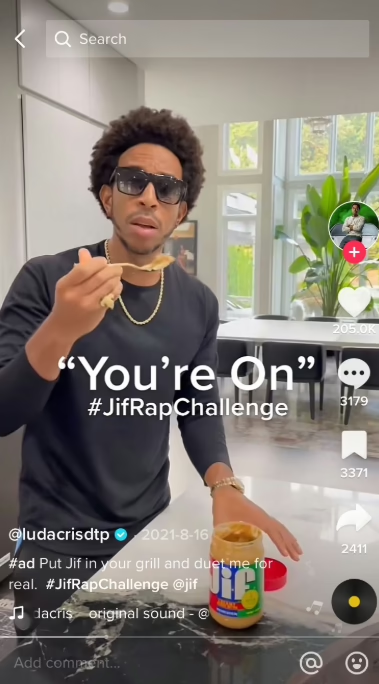
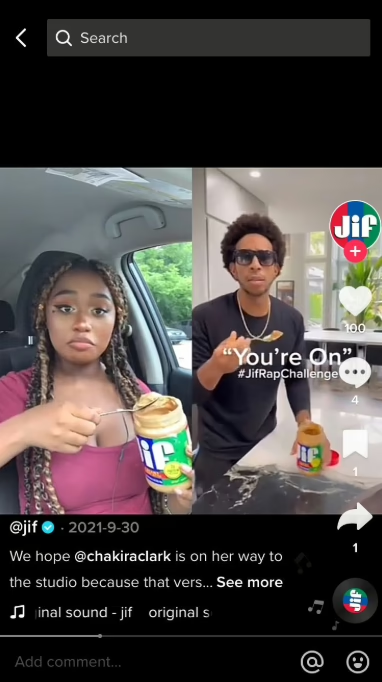
Look at how some beauty brands now do live tutorials where things occasionally go wrong, or how tech companies share genuine customer feedback videos, including the criticisms. This kind of transparency might have seemed risky a few years ago, but considering Gen Z, it is exactly what builds trust.

This preference for video has created new forms of social proof. Instead of just reading reviews, Gen Z wants to see products in action, in real people’s lives.
A decade ago, a company could maybe get away with a vague statement about “giving back” or a one-off charity campaign. But Gen Z? They are checking if your sustainability claims hold up. They are looking at your board of directors to see if you practice the diversity you preach. They are tracking whether you spoke up during crucial social moments or stayed suspiciously quiet.
Companies are learning that it is better to admit they are on a journey than to pretend they are perfect. Take Patagonia, for example. Instead of just saying “We are sustainable,” they are openly discussing the challenges they face in their supply chain and sharing their struggles to reduce their environmental impact.
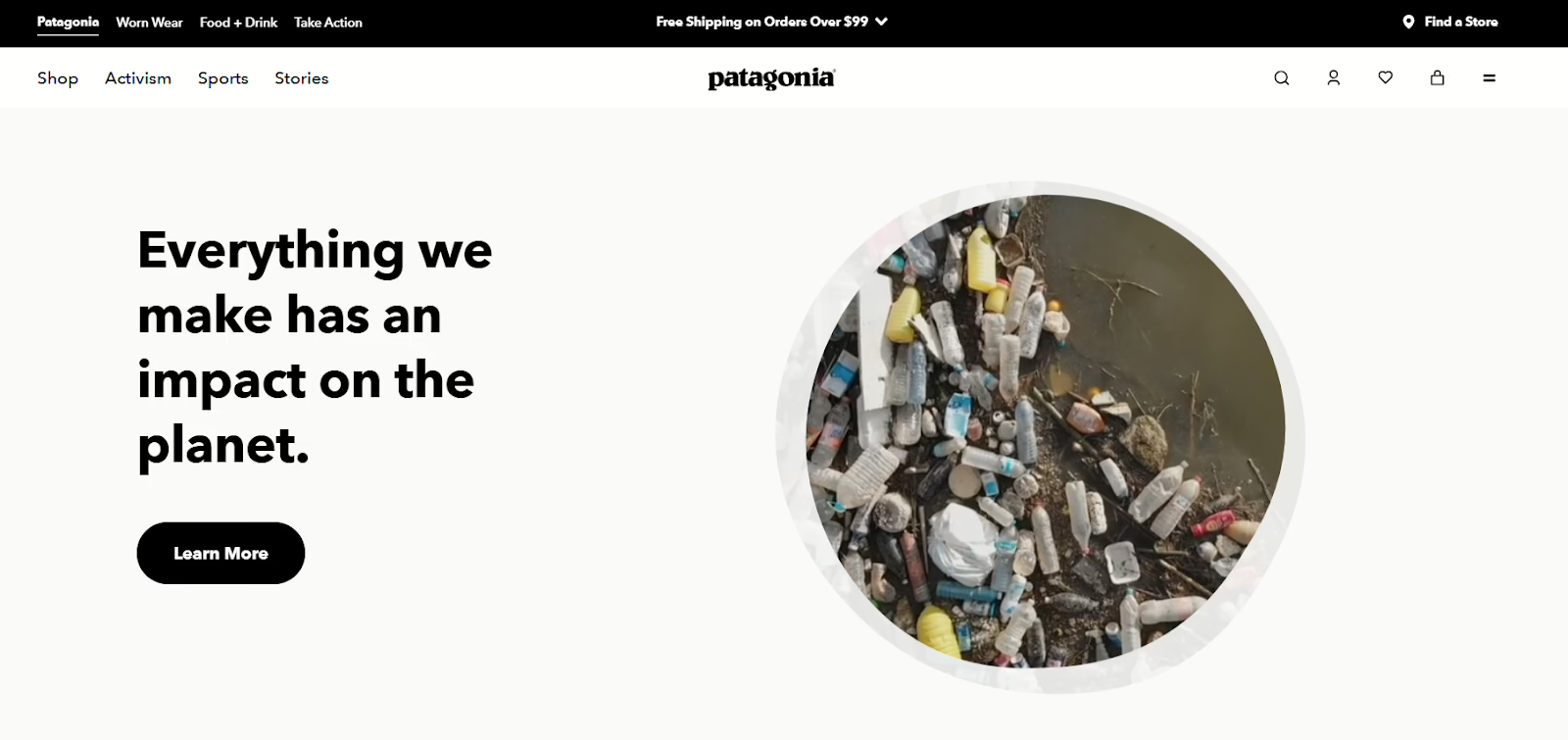
This kind of transparency, showing the work in progress rather than just the end result resonates deeply with Gen Z.
The most effective brands are weaving their values into every piece of content they create. They don’t just have a “Our Values” page on your website anymore. It’s about showing these values in action through day-to-day operations.
When a cosmetics company features employees from different backgrounds discussing product development, or when a clothing brand shares detailed videos about their ethical manufacturing processes – that’s the kind of continuous, authentic demonstration of values that Gen Z responds to.
And this has changed the way brands handle setbacks or criticism. The old corporate PR about staying quiet or issuing carefully worded statements doesn’t work with Gen Z. They expect brands to acknowledge mistakes, explain how they are fixing them, and show real progress over time.
We are seeing brands invest in traceable supply chains, implement meaningful diversity programs, and make substantial commitments to reducing their environmental impact. And not just because it is good PR, but because their future literally depends on it.
Also See: What is Digital PR? Strategies, Examples, and Tools
Have you ever had that moment where an ad feels almost too perfect? Like when you have been thinking about getting into rock climbing, and suddenly your Instagram feed is full of beginner climbing gear and local gym recommendations? That is the new reality of AI-driven personalization, and it has completely transformed how brands connect with Gen Z values.
Gen Z has this sophisticated love-hate relationship with personalization. They absolutely expect brands to “get” them and show them relevant content. If a brand keeps showing them products that do not match their style or interests, they are quick to disengage.
But at the same time, they are incredibly savvy about their data privacy. They want personalization without the creepy feeling of being tracked.
This has created some challenges for marketers. The most successful ones are finding clever ways to gather preferences directly from users rather than just tracking them.
For example; Netflix asks you to rate shows, or how Spotify encourages you to create playlists. It is personalization that feels collaborative rather than surveillance-like.
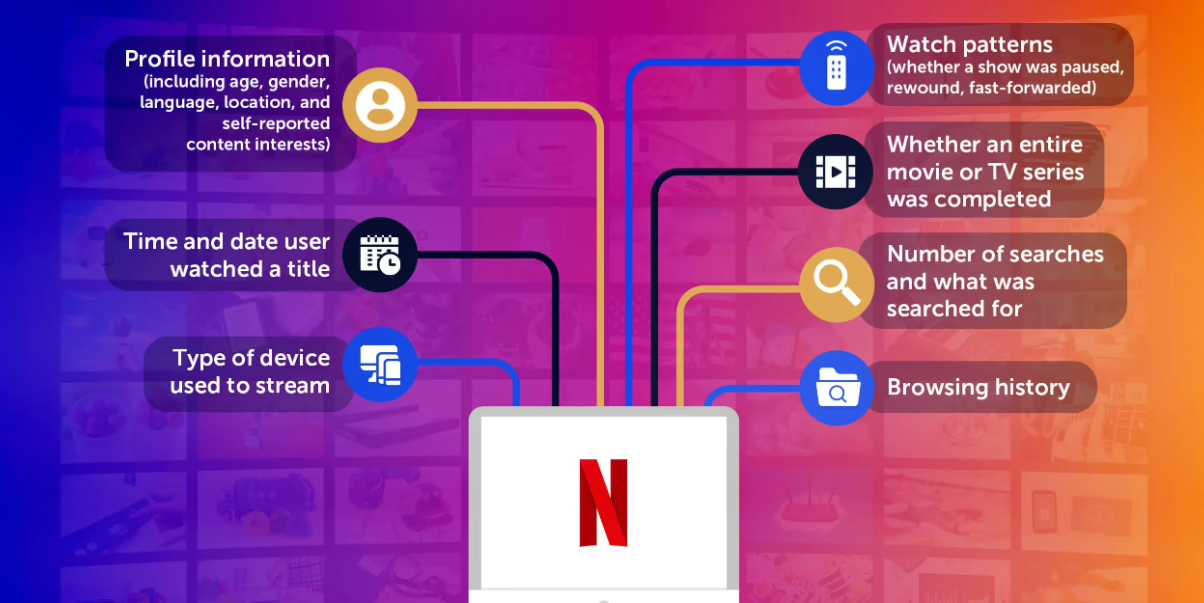
Email marketers are starting modern campaigns like choose-your-own-adventure stories, where every click shapes future content. If someone always opens emails about sustainable products but ignores fast fashion, the AI learns and adjusts.

Some brands are finding creative ways to personalize without relying on Gen Z online behavior. They are using contextual clues like time of day, weather, or current events to make content feel relevant without being invasive.
Some brands are turning privacy concerns into a feature rather than a bug. They are actively promoting their data protection measures and giving users more control over their personalization settings.
Also See: Biggest Beauty Marketing Trends [2024 – 2028]
When was the last time you made a purchase without first looking at the reviews? For Generation Z, this instinct is amplified tenfold.
The most powerful content now often comes from the very people brands used to just market to. An authentic unboxing video shot on someone’s phone can drive more sales than a perfectly produced commercial. There is something deeply human about watching a real person genuinely excited about their purchase.
The psychology behind this is fascinating. When we see someone like us using a product in their real life – maybe showing how a skincare product actually looks in bad bathroom lighting, it helps us imagine ourselves using it.
But brands have learned that you can not fake this authenticity. Instead, successful brands are creating spaces where genuine conversations can happen naturally.
Take how some beauty brands now encourage customers to post photos in different lighting conditions, or how tech companies share unedited customer troubleshooting videos.
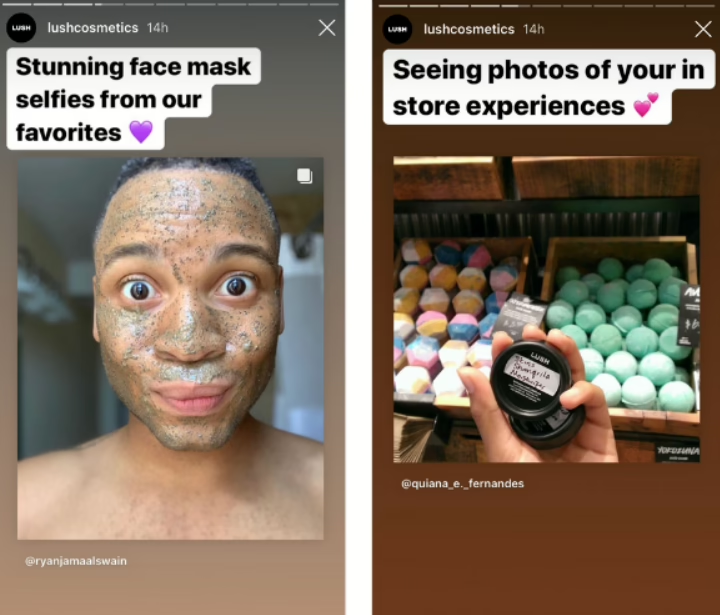
This kind of raw, unfiltered content is when people see both the good and the not-so-perfect moments and it actually builds more trust.
Glossier, for example, promotes user-generated content by sharing customer photos and videos that showcase their products in order to reach audiences. This approach helps build a sense of community and authenticity, making the brand much more relatable to Gen Z.
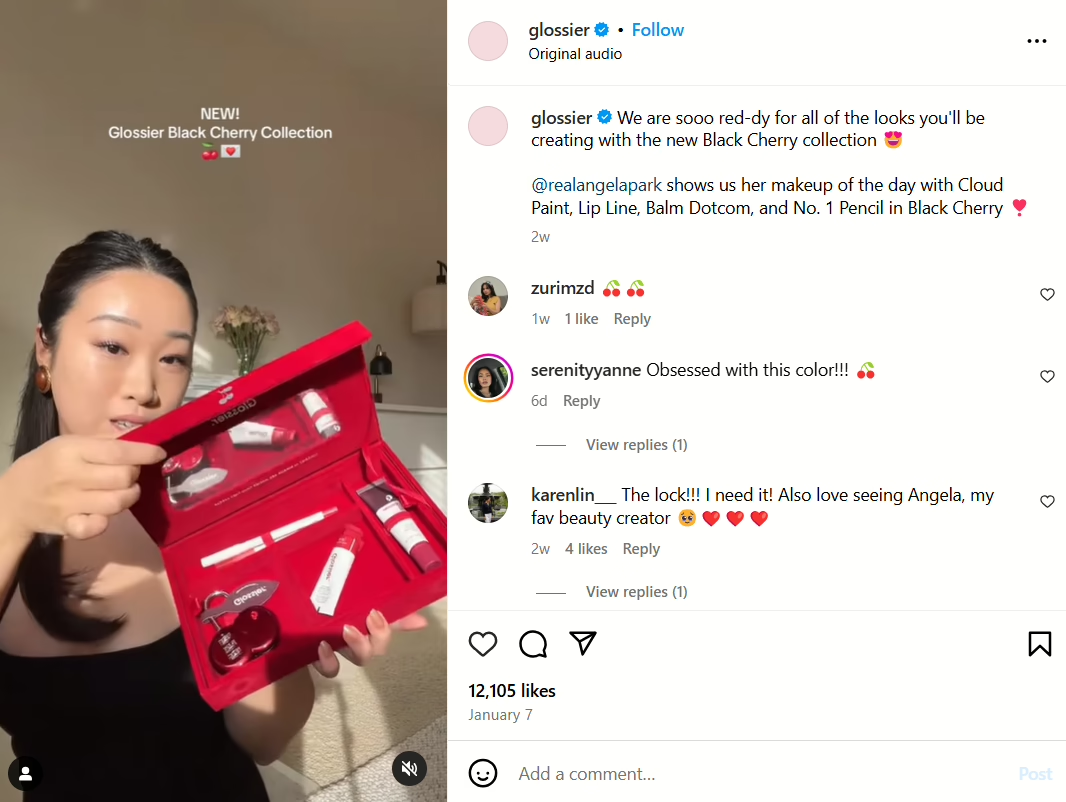
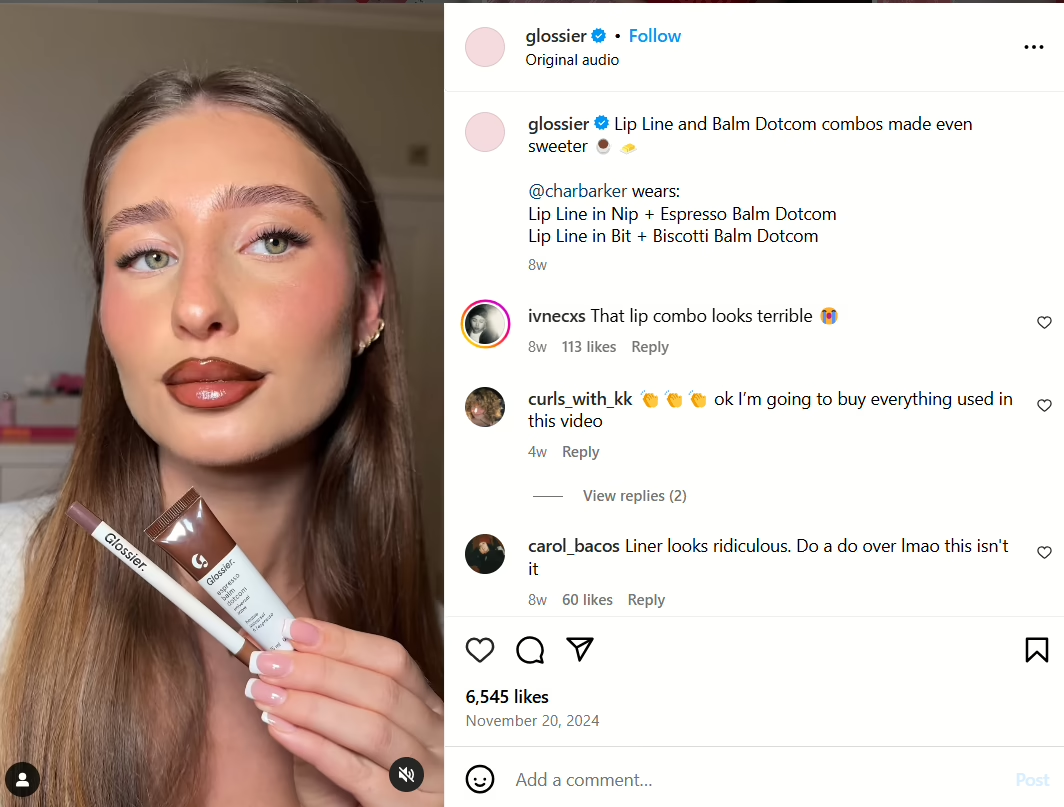
The community aspect is particularly powerful. When brands successfully foster these spaces for authentic sharing, customers start helping each other. You will see long-time users answering questions from newcomers, people sharing creative ways they have used products, or even friendly debates about different features. This kind of organic community building is something you simply can not manufacture.
What’s really clever is how some brands are structuring their campaigns to naturally encourage UGC without making it feel forced. Instead of just saying “post a photo with our product,” they are creating genuine moments worth sharing.

Some clothing brands encourage customers to share their unique styling tips. And some cooking brands create hashtag challenges around kitchen disasters. It is content that people would want to share anyway, product or not.
Also See: Skincare SEO: 7 Best Practices For Beauty Brands
The way Gen Z is reshaping digital marketing is not just a temporary shift, it is a complete reimagining of how brands and consumers connect. This generation has pushed companies to be more human, more authentic, and ultimately, better.
They showed us that developing real relationships, standing for something authentic, and having the guts to be authentic as a brand is more important for successful marketing than flawless polish or cunning sales techniques.
The future of digital marketing will be defined not by the messages brands want to convey, but by the experiences that Gen Z consumers seek. Perhaps this is how it should have always been.
The strategies discussed are not just ideas, they are actionable steps that can transform how you connect with Gen Z buyers. Now it is time to put them into practice and drive real results for your brand.
Here is how you can get started:
Resources to Help You Succeed:
The future of marketing is here, and Gen Z is leading the charge. Start implementing these strategies today to stay ahead of the curve.
Take the next step and transform your digital marketing approach now!


